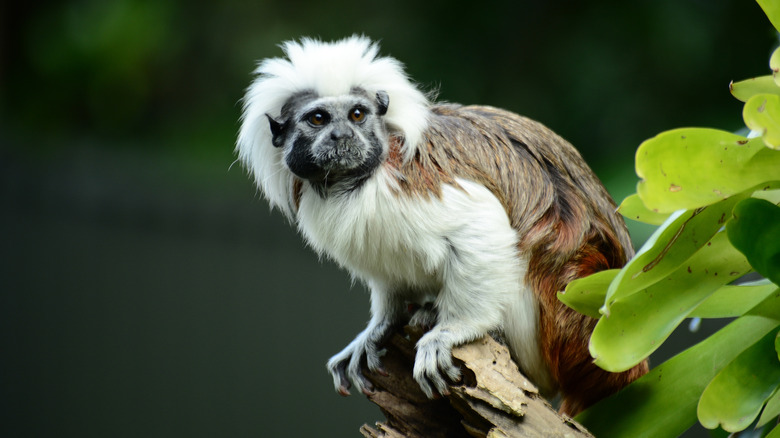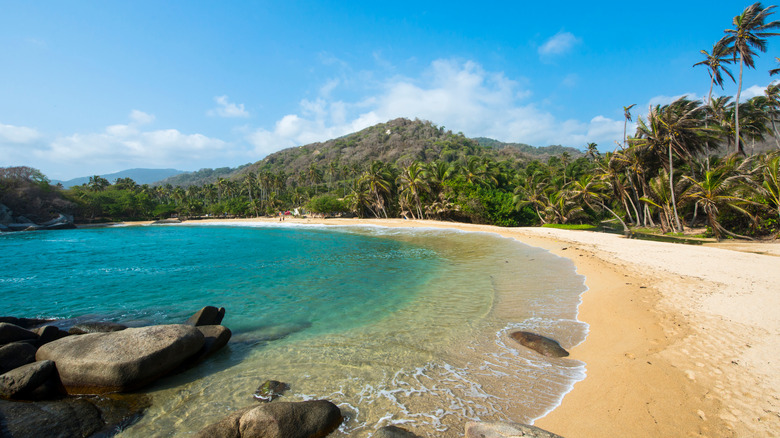What you need to know about visiting Tayrona
From the city of Santa Marta, you can take a bus and get off at your preferred entrance, or you can take a taxi. There are four entry points but the most popular is the main park entrance at El Zaíno. From there, you can walk through Cañaveral and Arrecifes for about 90 minutes to get to Cabo San Juan del Guía beach, where many visitors stay inside the park. It has options to stay in cabins, hammocks, or a campsite. Weather conditions permitting, it is also possible to get a speedboat from Taganga straight to the beach. Nature lovers will enjoy the journey to Tayrona as every entry point involves a walk through the jungle.
The benefit of staying in the park is that you wake up with the sounds of the ocean and nature every morning. It is more expensive to buy food and drink inside the park, so you can bring your own, but bringing your own alcohol isn’t permitted. Tayrona is the home of four indigenous tribes so the park is closed three times a year for traditional purposes and ceremonies. It is usually closed from February 1 to 15, June 1 to 15 and from October 19 to November 2 so check before you go if it is close to these times.
Things to do in Tayrona

Tayrona offers many ways to get close to nature, both on and off the land. Water babies should head to La Piscina village which has natural pools for swimming and reefs to snorkel in. Rays, lobsters, and tropical fish can all be found in the sea meadows here. For those who want striking views of the park, two hiking trails start in Cabo. One of which goes to the Pueblito ruins and takes three to four hours, and the other is the Nine Stones hike (Nueve Piedras in Spanish). The maps for these hikes can be found at the national park entrance.
While out walking keep an eye out for the endemic cotton-top tamarin which cannot be found anywhere else in the world. Red howler monkeys and capuchin monkeys can also be seen (and heard) calling and swinging through the trees. There are also over 300 bird species and 31 reptiles that you may see while on the beach or in the forest. No matter where you are in the park, nature is bound to find you.

